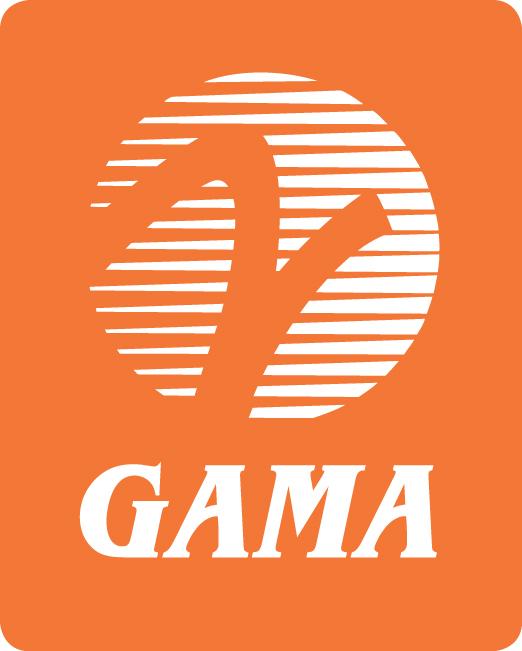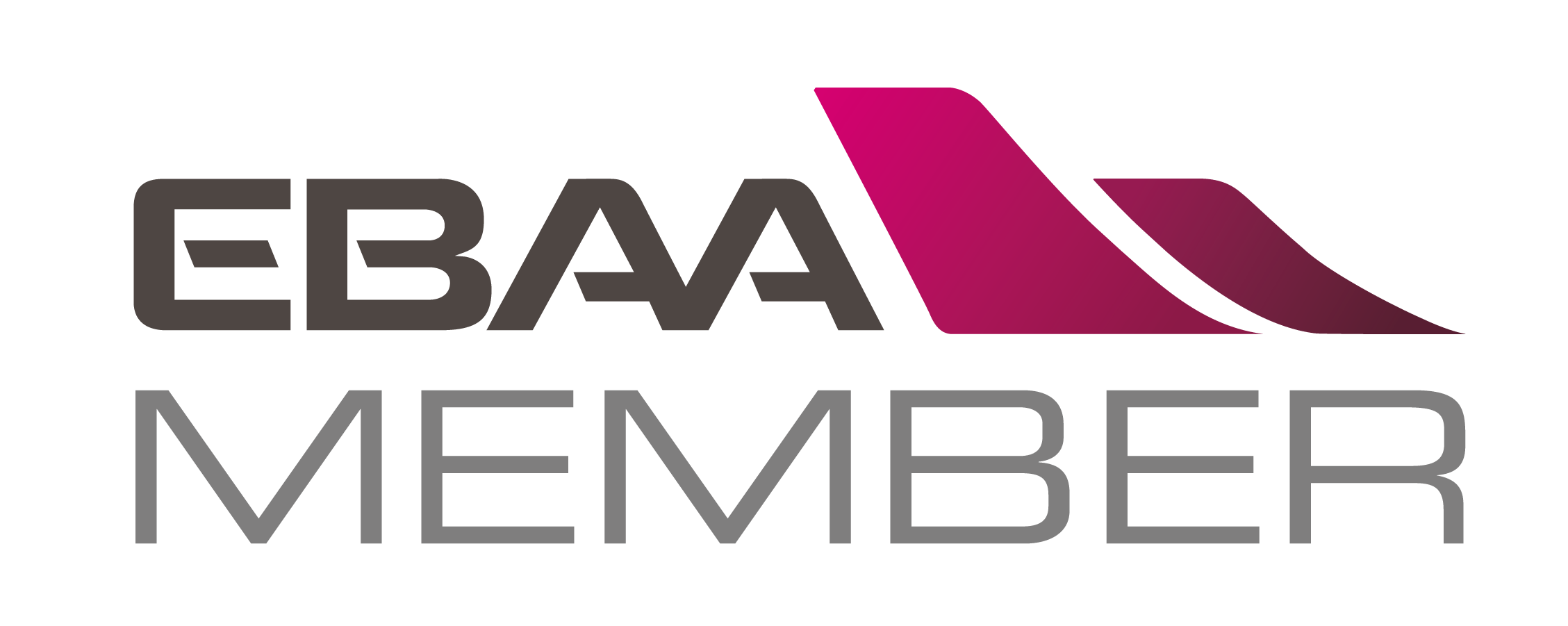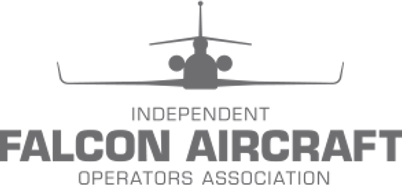Aviation Partners Boeing Celebrates another Significant Milestone in the Dramatic Success Story of Blended Winglet Technology
An American Airlines 767-300ER equipped with Aviation Partners Boeing Blended Winglets took to the skies for the first time at 1:50 p.m. central time Sunday July 20th. The newly modified aircraft flew a ferry flight from Kansas City, Missouri to San Bernardino, California where it will undergo two months of certification and winglet
performance flight testing. The Blended Winglet installation, along with necessary wing and aircraft systems
modifications, was performed by American Airlines employees at their Kansas City Maintenance Base.
The 11 foot tall (3.4m) Blended Winglets are manufactured for Aviation Partners Boeing by GKN Aerospace, based on the Isle of Wight in the United Kingdom. The wing modification kit was manufactured by the team of LMI Aerospace, Contour Aerospace, and Honeywell Consumable Solutions.
FAA and EASA certification of 767-300ER Blended Winglets is anticipated for November of this year with entry into revenue service following in December.
“The 767-300ER Blended Winglet program launch has been our most successful to date,” says Aviation Partners Boeing’s President and CEO, John Reimers. “We are four months away from expected certification and already have firm commitments for over 130 systems from 10 different airlines. As a result, we are currently sold out of 767-300ER Blended Winglet Systems through November of 2009.”
By reducing the drag created by traditional wingtip vortices, Aviation Partners Boeing estimates that the Blended Winglets designed for the 767-300ER will save up to 6.5% on fuel consumption. This translates to a savings of over 500,000 gallons of jet fuel per aircraft per year for operators with the longest average sector lengths and highest aircraft utilization rates. These savings could not come at a better time for the industry, as fuel prices continue to set record highs. Blended Winglets can also provide significant operational flexibility by increasing the payload and/or range of an aircraft, reducing engine maintenance costs, and dramatically improving takeoff capability from difficult airports. All of which translates into higher aircraft residual value and a much more environmentally friendly airplane.
“Blended Winglets are the ‘greenest’ aftermarket product available to the aviation industry today,” says Aviation Partners Boeing founder and Chairman, Joe Clark. “A 767 burning half a million gallons of jet fuel translates into an annual reduction of over 5,000 tons of CO2 per aircraft.”
To date over 2,480 Boeing aircraft have now been equipped with Blended Winglets. This patented visible technology has already been certified for the Boeing 737-BBJ, 737-800, 737-700, 737-300, 757-200, 737-500, 737-900, and is now in the process of being certified for the Boeing 767-300ER (both passenger and freighter variants) and 757-300. Aviation Partners Boeing also hopes to launch a 777-200ER Blended Winglets certification program later this year with certification anticipated by December 2010. By 2014, Aviation Partners Boeing estimates that Blended Winglet technology will have saved the airline industry over 5 billion gallons of jet fuel.
* Patent No. 5348253
Click to download PDF





